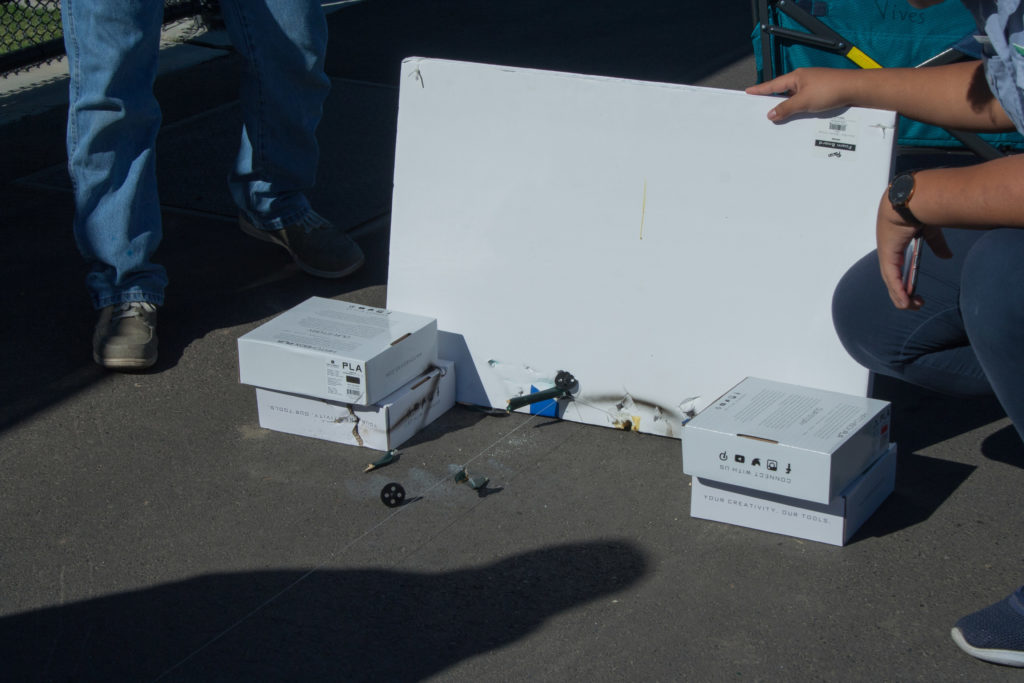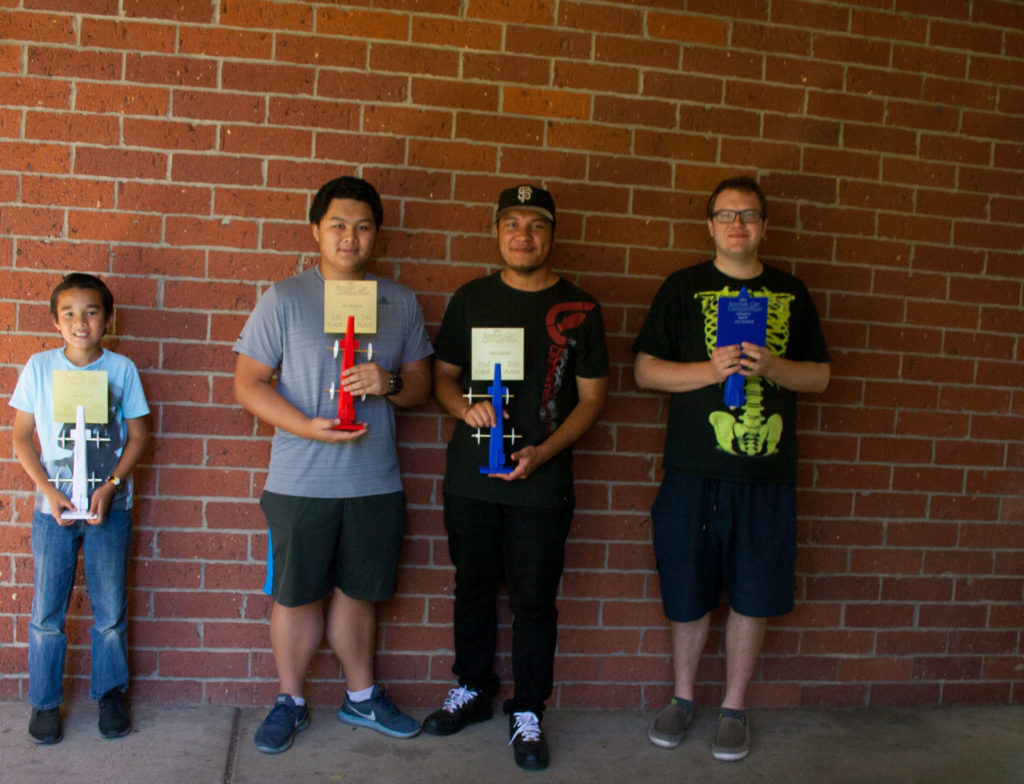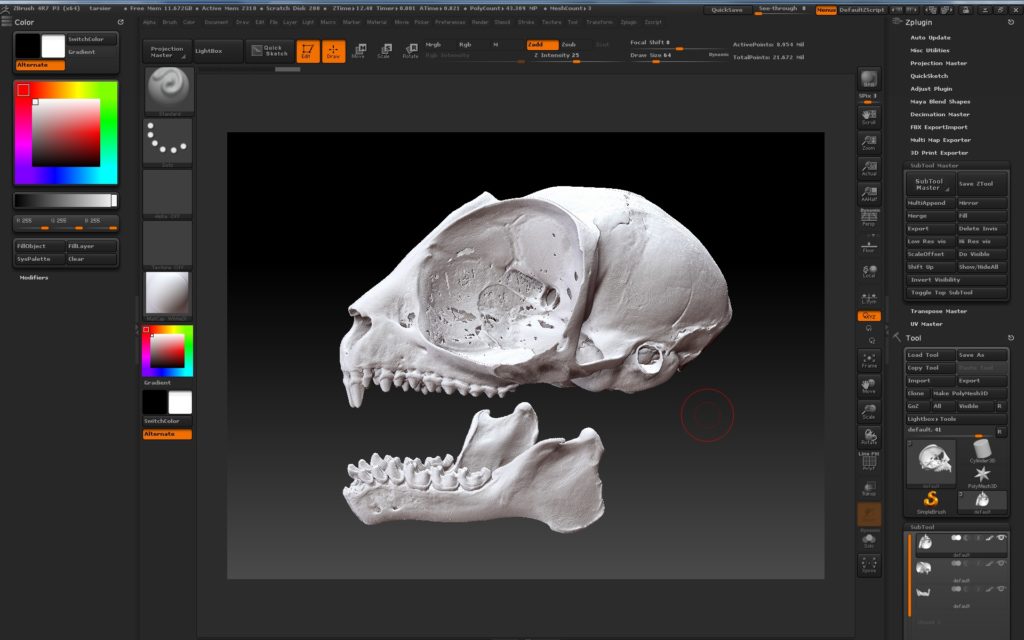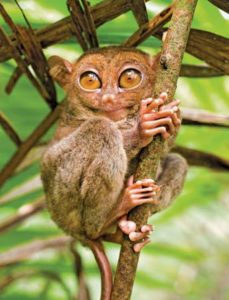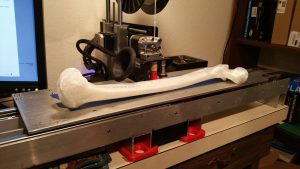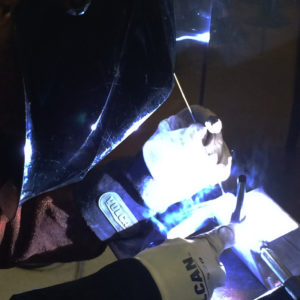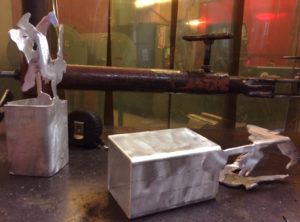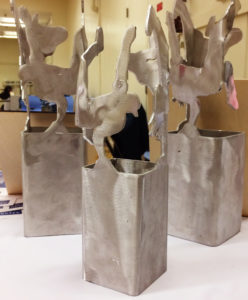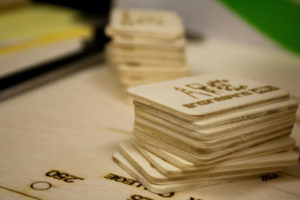 Jair and three other Design Hub interns worked together on a laser engraving project.
Jair and three other Design Hub interns worked together on a laser engraving project.
This project was ordered from the Engineering Club and Randy Schuster, who is the advisor for the Engineering Club.
Using the Design Hub’s laser engraver they were able to accomplish this project.
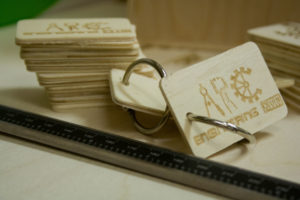 The Keychains were engraved with the logo, also known as SWAG. It was engraved in plywood, and hooked with a metal chains that is attached through the little hole on the side of the keychain.
The Keychains were engraved with the logo, also known as SWAG. It was engraved in plywood, and hooked with a metal chains that is attached through the little hole on the side of the keychain.
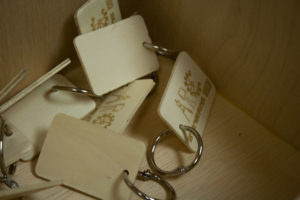 These keychains were going to be given away for free for the Engineering Club students.
These keychains were going to be given away for free for the Engineering Club students.
In the future, bobbleheads will be made to donate.
The interns are working on the bobblehead project at the same time as the keychain project, and it will involve scanning and 3D printing of participants’ heads. Scanning will take a couple of hours, whereas the 3D printing is estimated to take one to two days.
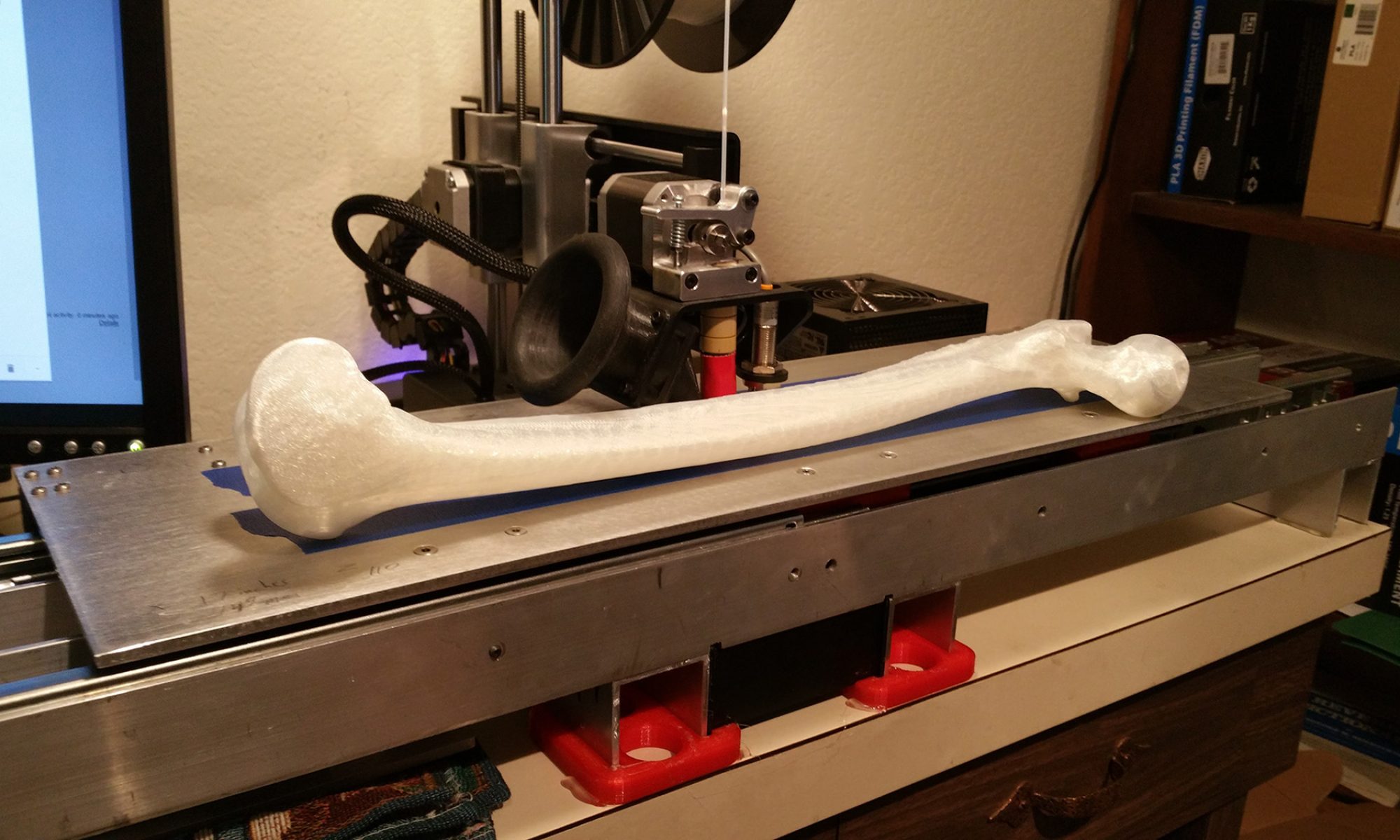
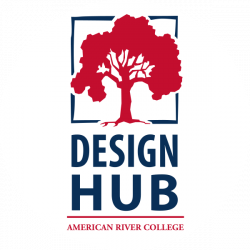
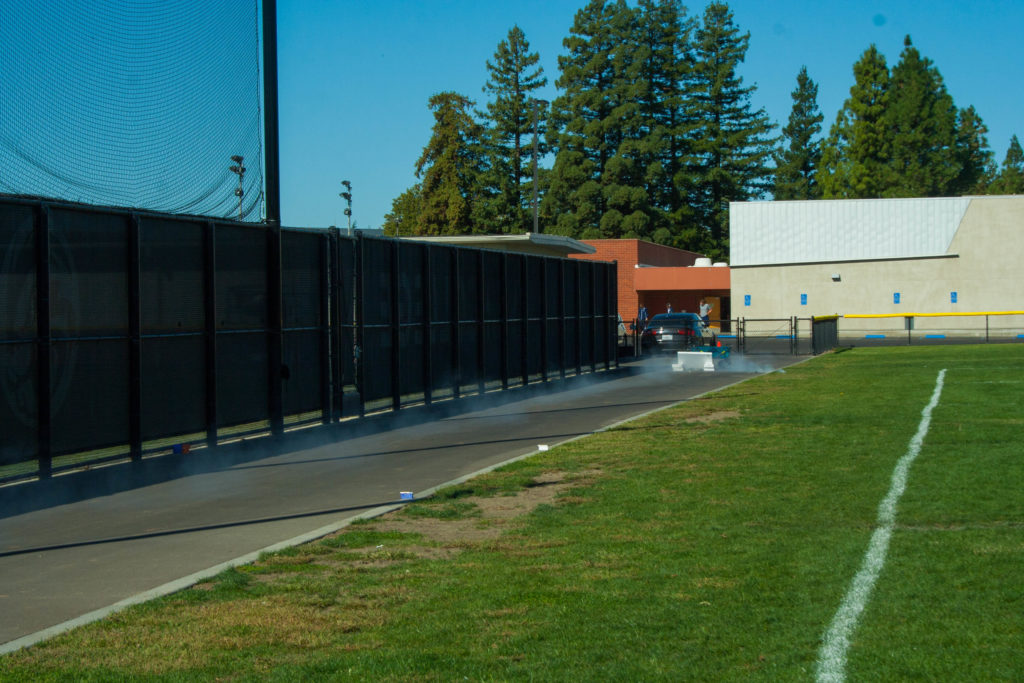 On Saturday, October 13,2018, The design hub collaborated with the several students from San Juan High School. Bryan and Stephen and their instructor James participated in this Rocketcar event.
On Saturday, October 13,2018, The design hub collaborated with the several students from San Juan High School. Bryan and Stephen and their instructor James participated in this Rocketcar event.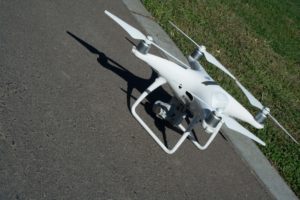 Since one of our interns Jason who is skilled as a drone pilot, Helped filmed the event aerial style. Jason’s Company , J&S Drone Solutions, was also involved in the event, he flew his own drone!
Since one of our interns Jason who is skilled as a drone pilot, Helped filmed the event aerial style. Jason’s Company , J&S Drone Solutions, was also involved in the event, he flew his own drone!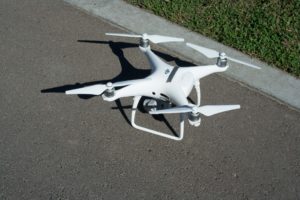 The physics Department ordered this project from Randy, Due to the concern about the the limited aerial flying. Since the airspace around ARC is located so closely to a hospital. Instead, of hosting a drone flying competition. They decided to host a rocketcar competition. Where the main action would be taking place on the ground and not the air.
The physics Department ordered this project from Randy, Due to the concern about the the limited aerial flying. Since the airspace around ARC is located so closely to a hospital. Instead, of hosting a drone flying competition. They decided to host a rocketcar competition. Where the main action would be taking place on the ground and not the air. 